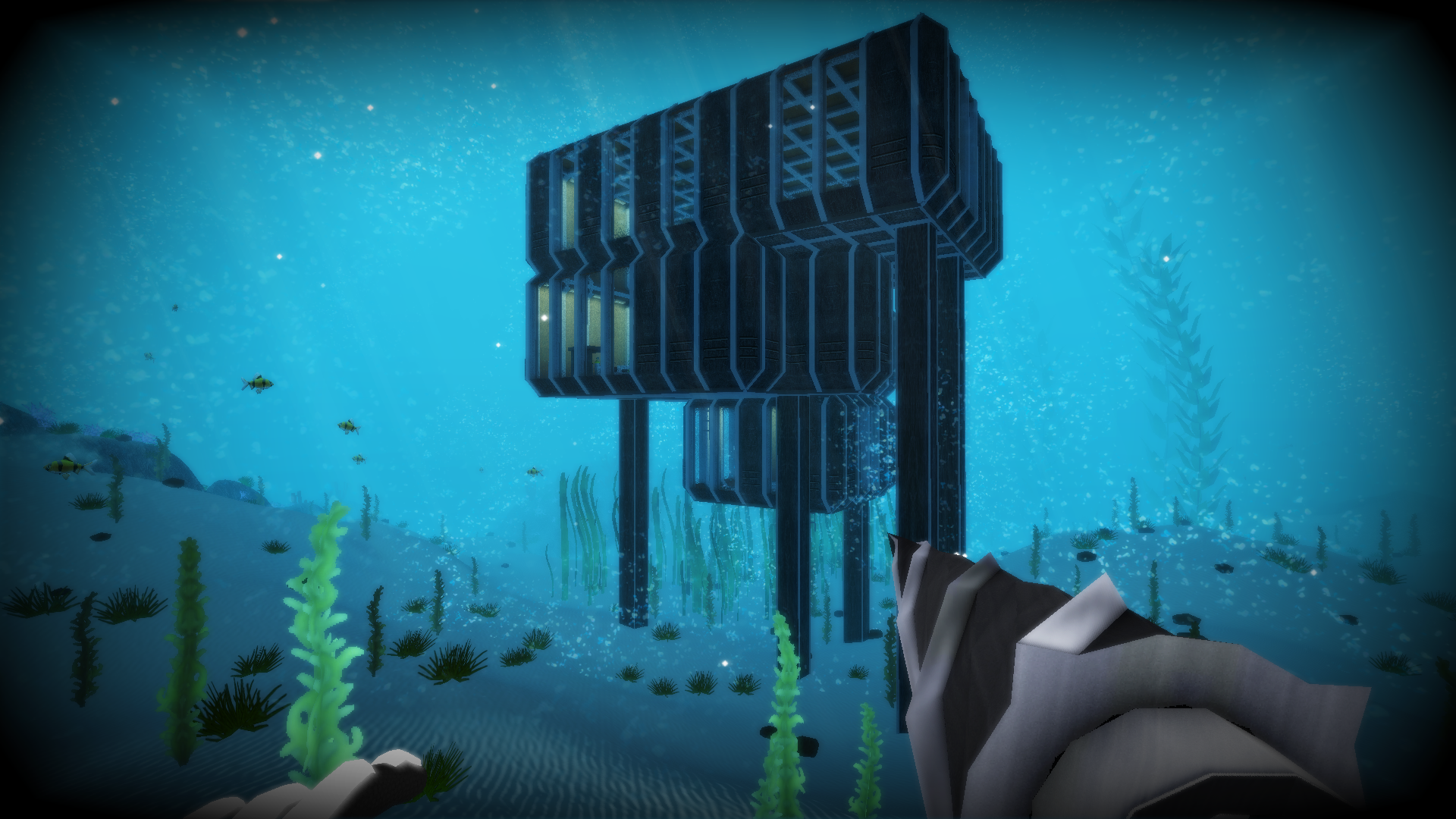

It does not take into account absolute ventricular volumes, and, therefore, is best suited for intra-individual comparisons, e.g., before and after cardiac resynchronization, where “wasted work” of the septum in left bundle branch block conditions can be measured, and the benefit from resynchronization quantified regionally. This approach, however, was originally developed to detect regional differences in mechanical work, such as those occurring in left bundle branch block. Very recently, the myocardial work “index” derived from pressure-strain loops of the left ventricle, which can be obtained non-invasively by the extrapolation of cuff blood pressure recordings, has been proposed as a parameter incorporating blood pressure as a measure of afterload. Parameters which include or correct for afterload, such as stroke work or cardiac power output, or true myocardial external efficiency based on myocardial oxygen uptake obtained by positron emission tomography (PET) have not reached clinical implementation, in spite of some encouraging data in the literature.

It should be remembered, however, that all of the cited global left or right ventricular functional parameters are clearly dependent on preload and afterload, and have substantial test–retest variability. Therefore, if RV performance needs to be assessed and monitored with high precision, e.g., in postoperative Fallot tetralogy patients with substantial pulmonary regurgitation, CMR is now the preferred modality. RVEF can be obtained with greater accuracy and more reliable absolute RV volumes by CMR and CT. Three-dimensional echocardiography, although often impractical due to image quality, can provide the EF of the entire RV, which is generally accepted as the best parameter of RV function.
#Farsky download free
Even more limited, and essentially a close relative of TAPSE, is the basal RV free wall’s systolic peak velocity S’. The classic echo parameters, such as tricuspid annular plane systolic excursion (TAPSE) and fractional area change, have been complemented by RV strain, both in its “global” (six segments) or free wall strain (three segments) form, but the obtained strain only reflects myocardial shortening of the RV seen in the apical four-chamber view, i.e., the inflow tract of the RV. Right ventricular (RV) function is more difficult to quantify, given the more limited visualization by echo, the complex RV morphology with separate inflow and outflow tract, and the stronger impact of preload and afterload on all RV functional parameters. Finally, shear wave imaging, which harnesses the information on tissue stiffness from the velocity of pressure waves in the myocardium, may be useful if it can be standardized and technically integrated in ultrasound machines ( Figure 3). Other experimental techniques assess the twisting and untwisting motion of the LV around its long axis, which are important for both systolic (twist) and diastolic (untwist) LV function this can be accomplished by speckle-tracking echocardiography or CMR. Under provocation by exercise or volume, LV stiffness increases and leads to measurable changes in indirect parameters such as E/e’ or right ventricular systolic pressure. Such maneuvers aim to unmask diastolic dysfunction which may not be evident at rest by increasing cardiac workload. Other important developments in the non-invasive diagnosis of diastolic LV dysfunction are the use of provocative maneuvers such as physical exercise or volume challenge. The assessment of diastolic function has recently been improved, with added prognostic value, by adding left atrial (LA) strain to the diagnostic algorithm ( Figure 1 and Figure 2). Here, cardiovascular magnetic resonance and perfusion imaging should be used judiciously to arrive as often as possible at a clear diagnosis which ideally enables specific therapy. Very often, however, echocardiography can only describe the fact of functional impairment and morphologic remodeling, whereas further clarification of the underlying disease, such as cardiomyopathy, myocarditis, storage diseases, sarcoidosis, and others, remains elusive. Cardiac imaging has witnessed an explosive growth and differentiation, with echocardiography continuing as the first diagnostic step the echocardiographic exam itself has become considerably more complex than in the last century, with the assessment of diastolic left ventricular function and strain imaging contributing important information, especially in heart failure. Its recognition, differential diagnosis, and the monitoring of therapy are intimately coupled with cardiac imaging. Heart failure is becoming the central problem in cardiology.


 0 kommentar(er)
0 kommentar(er)
